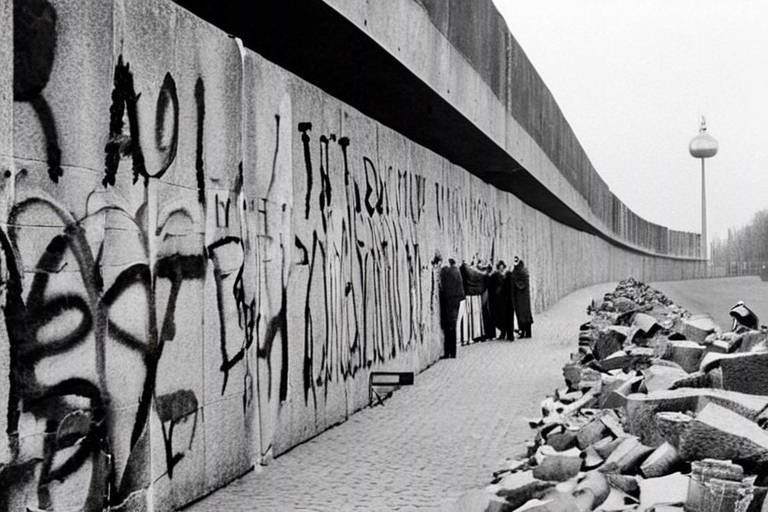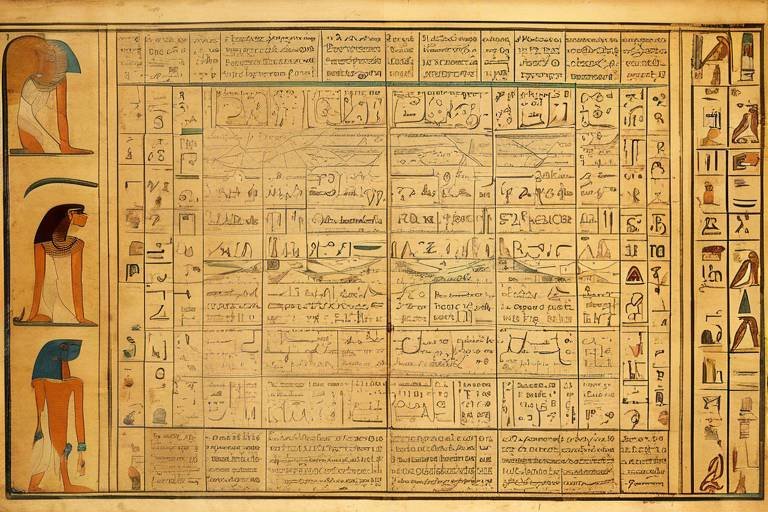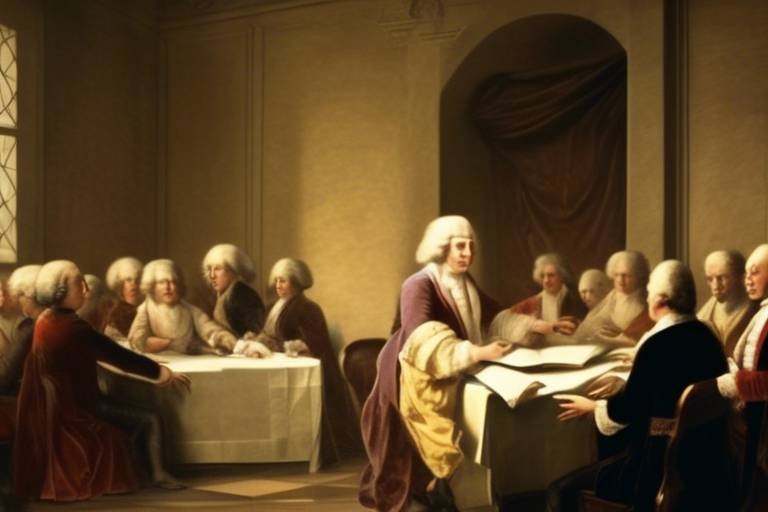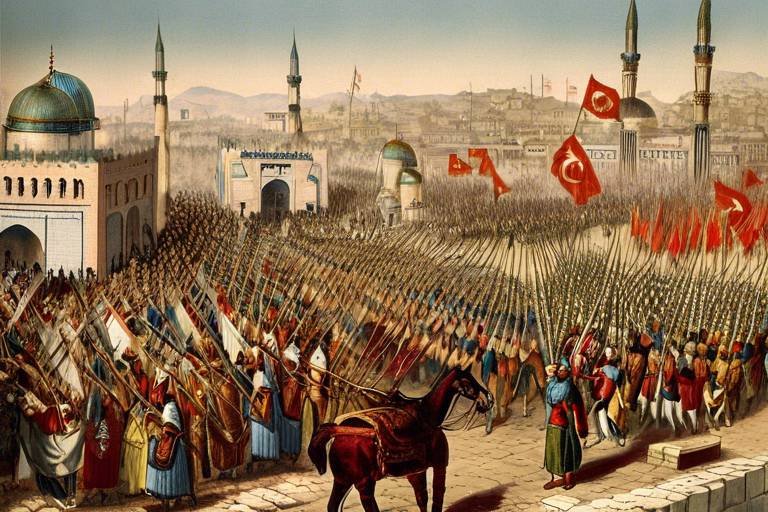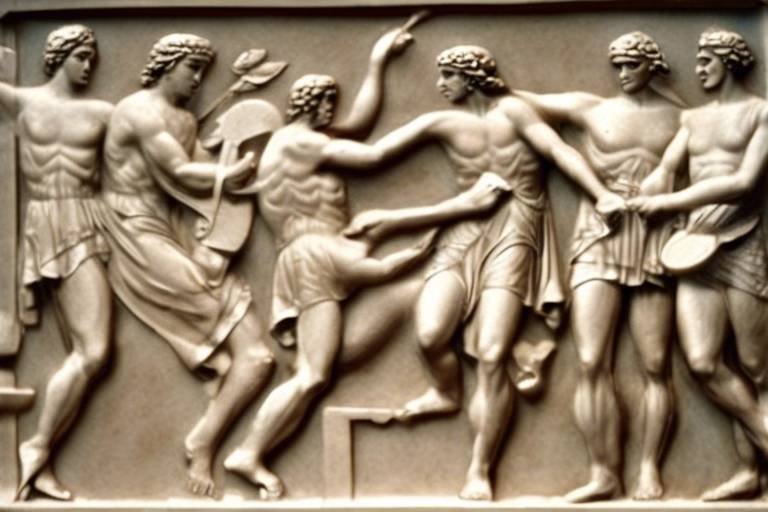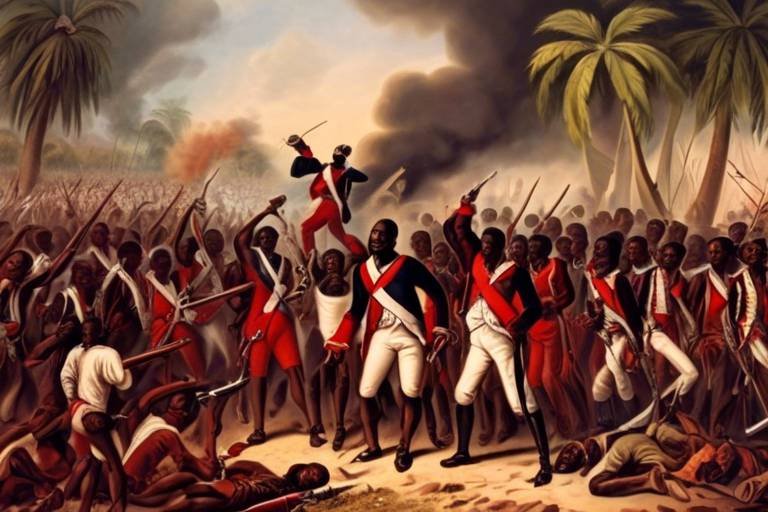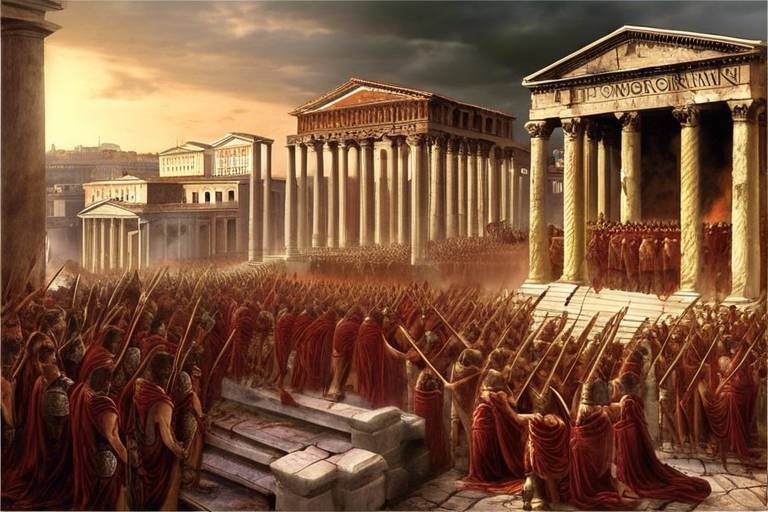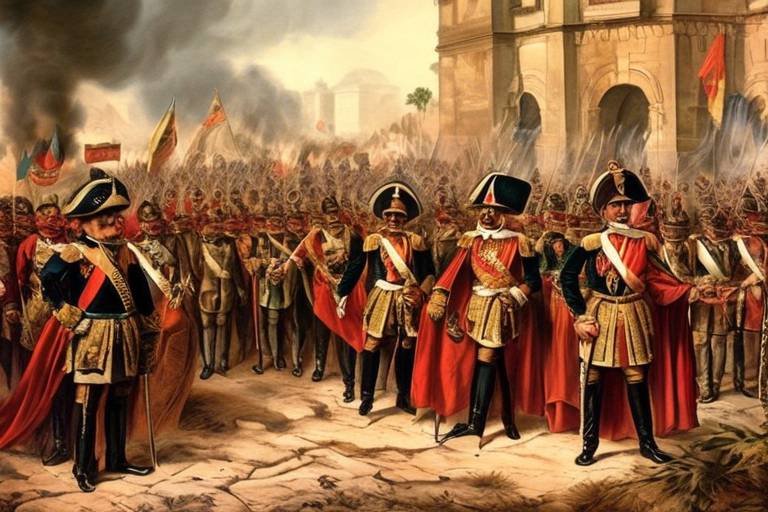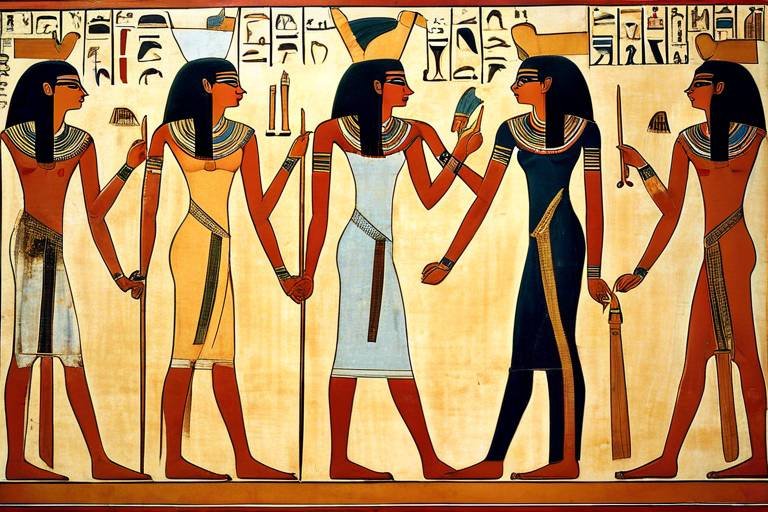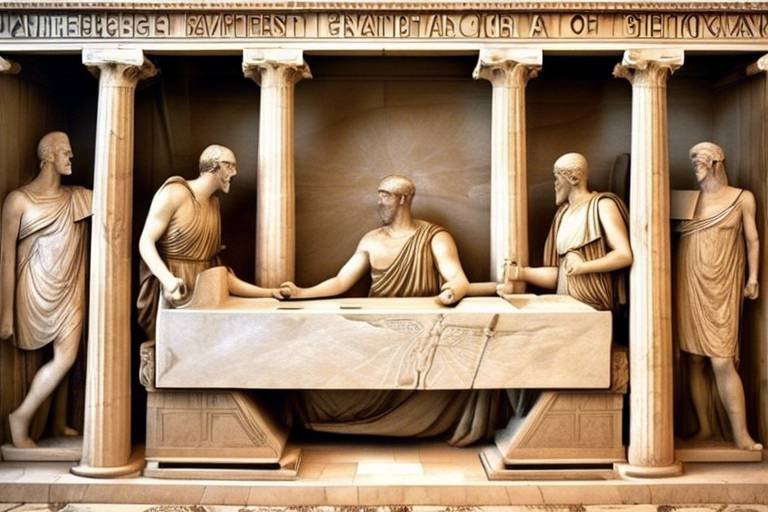The Fall of the Berlin Wall - End of an Era
The fall of the Berlin Wall in 1989 marked a pivotal moment in history, symbolizing the end of an era characterized by division and conflict. This monumental event not only signified the reunification of East and West Germany but also represented the collapse of the ideological barrier that had separated families and communities for decades.
Originating in the construction of the Berlin Wall in 1961, the division between East and West Berlin was a physical manifestation of the Cold War tensions that gripped the world. Erected by the East German government to stem the tide of emigration to the West, the Wall became a stark symbol of oppression and separation.
Life in divided Berlin was fraught with challenges, as families found themselves torn apart and individuals faced restricted movement between the two sides. The Wall not only divided the city geographically but also created deep emotional and psychological rifts within the population.
Despite the oppressive regime in East Germany, peaceful protests and acts of dissent began to emerge, culminating in events like the Monday Demonstrations. These acts of courage and defiance paved the way for the eventual fall of the Berlin Wall, demonstrating the power of unity and resistance against tyranny.
On November 9, 1989, the world watched in awe as the East German government announced the opening of the border crossings, leading to scenes of jubilation and unity as people from both sides came together to tear down the Wall. This momentous occasion marked the beginning of the end of the Cold War era and set the stage for the reunification of Germany.
The process of reunification was not without its challenges, as East Germany grappled with economic and social disparities in the aftermath of the Wall's fall. However, the resilience and determination of the German people ultimately prevailed, paving the way for a new era of unity and progress.
The legacy of the Berlin Wall's fall continues to resonate today, serving as a poignant reminder of the triumph of freedom over oppression and the enduring human spirit. It stands as a testament to the power of hope and resilience in the face of adversity, inspiring future generations to strive for a world free from division and conflict.
From a global perspective, the fall of the Berlin Wall had far-reaching implications, heralding the end of the Cold War, the collapse of the Soviet Union, and the reshaping of Europe's political landscape. It sparked a wave of democratic movements across Eastern Europe and paved the way for a new era of cooperation and diplomacy on the world stage.

Origins of the Berlin Wall
The trace back to the aftermath of World War II, where Germany was divided into four zones controlled by the Allied powers: the United States, the Soviet Union, Great Britain, and France. As tensions between the Soviet Union and the Western Allies heightened, Berlin, located deep within Soviet-controlled territory, also became divided into East and West sectors.
With the ideological divide between communism in the East and democracy in the West becoming more pronounced, the East German government, under the influence of the Soviet Union, sought to stem the flow of people fleeing to the West. This led to the construction of the Berlin Wall in 1961, a physical barrier that symbolized the Iron Curtain and served as a stark reminder of the divided city.
The construction of the Wall was a response to the increasing number of East Germans seeking asylum in the West, causing a brain drain and economic challenges in East Germany. The East German government viewed the Wall as a necessary measure to protect its socialist ideology and prevent the loss of skilled workers and professionals to the capitalist West.
The Berlin Wall not only physically divided the city but also had profound psychological and emotional impacts on the people of Berlin. Families were torn apart, friends separated, and daily life disrupted by the presence of this concrete barrier. The Wall became a symbol of oppression and a stark reminder of the Cold War tensions that gripped the world.
Despite its initial purpose of preventing emigration, the Berlin Wall became a symbol of the failure of communism and the restrictions on individual freedom. The stark contrast between the vibrant, free West Berlin and the repressive, controlled East Berlin was a constant reminder of the ideological divide that existed within the city.
As the years passed, the Berlin Wall stood as a physical manifestation of the broader East-West divide, symbolizing the struggle for freedom and the desire for unity among the German people. Its origins lay in the geopolitical tensions of the Cold War, but its impact transcended borders and generations, leaving a lasting legacy on the history of Germany and the world.
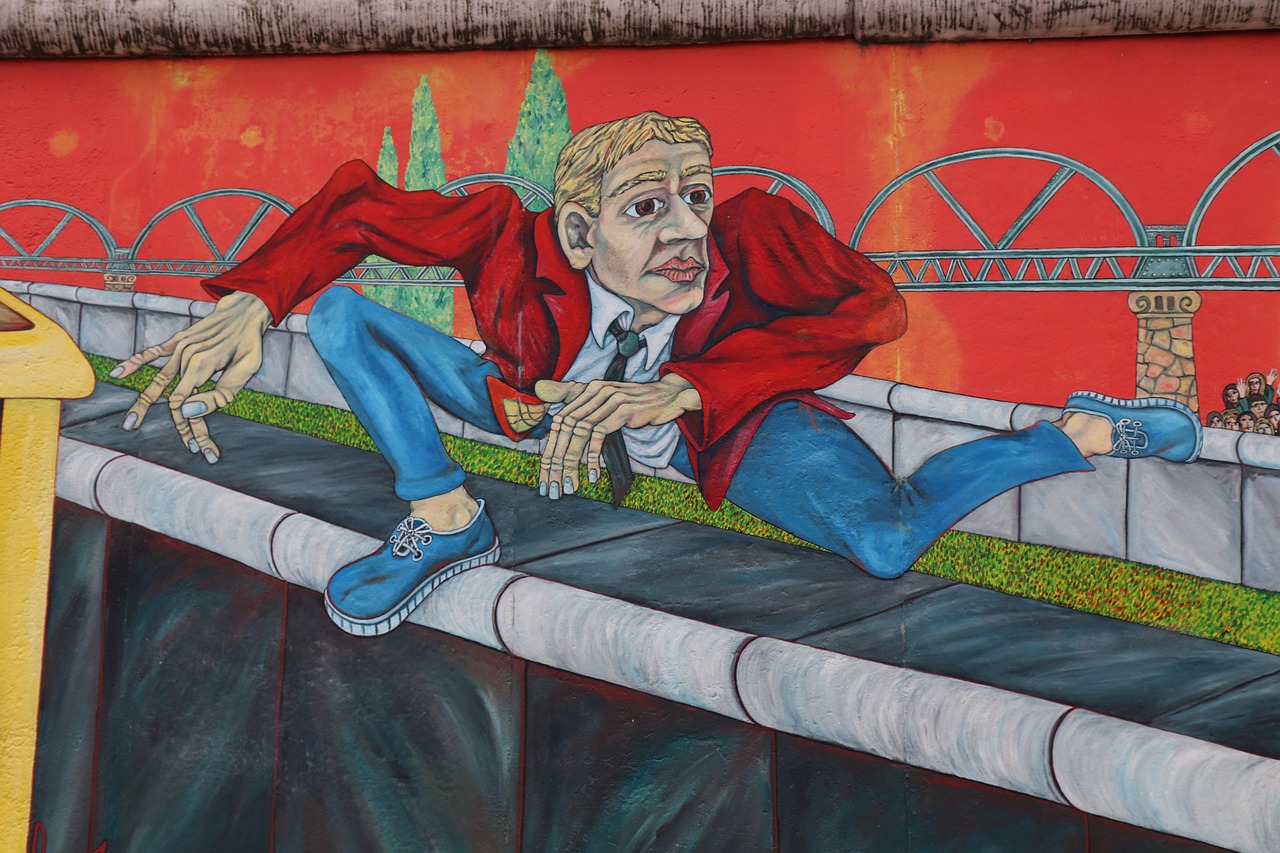
Escalation of Tensions
During the Cold War period, tensions between the East and West reached a boiling point, leading to the division of Berlin and the subsequent construction of the infamous Berlin Wall. The ideological conflict between the capitalist West and the communist East fueled a sense of mistrust and hostility that permeated through every aspect of life in the divided city.
The construction of the Berlin Wall in 1961 was a physical manifestation of these escalating tensions, as the East German government sought to stem the tide of mass emigration to the more prosperous West. Families were torn apart, friends separated, and daily life disrupted by the sudden presence of a barrier that cut through the heart of the city.
Checkpoint Charlie, a symbol of the divided city, became a stark reminder of the stark division between ideologies. The constant presence of armed guards and barbed wire served as a constant reminder of the consequences of attempting to cross the border.
As the Cold War raged on, the Berlin Wall stood as a stark symbol of the ideological divide between East and West. The threat of nuclear war loomed large, with both sides engaging in a dangerous game of brinkmanship that kept the world on edge.
Despite the tensions and the seemingly insurmountable divide, the people of Berlin never lost hope. Through acts of defiance, such as daring escapes and underground resistance movements, they continued to resist the oppressive regime of the East German government.
The escalation of tensions eventually reached a breaking point, culminating in the events of November 9, 1989, when the East German government announced the opening of the border crossings. The floodgates were opened, and jubilant crowds of East and West Berliners came together to celebrate the fall of the Wall.
The fall of the Berlin Wall was not just a physical barrier coming down; it was a symbolic moment that marked the end of an era. It signified the triumph of freedom over oppression, unity over division, and hope over despair. The world watched in awe as a city once torn apart by ideology came together in a spirit of reconciliation and renewal.
The legacy of the Berlin Wall serves as a reminder of the power of the human spirit to overcome even the most formidable obstacles. It stands as a testament to the resilience of the human soul and the enduring desire for freedom and unity.
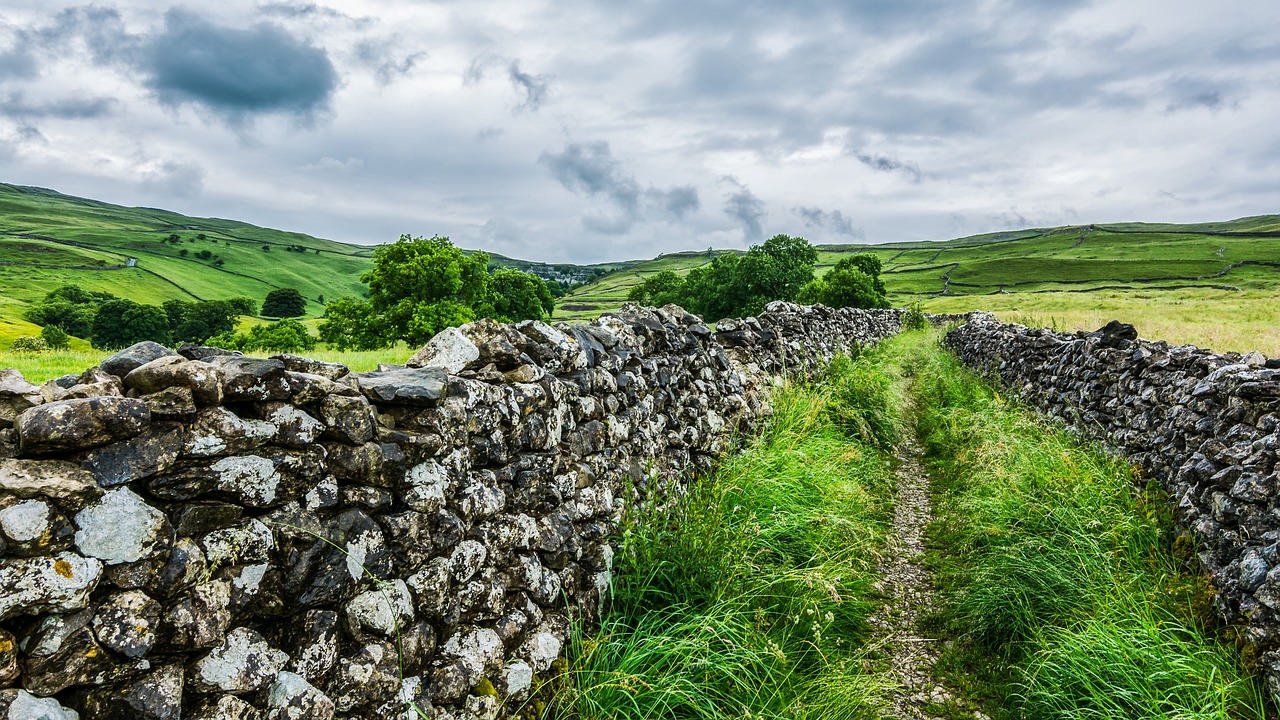
Life in Divided Berlin
Life in divided Berlin was a stark contrast between the East and the West. Families found themselves torn apart, with loved ones separated by concrete and barbed wire. The Wall not only physically divided the city but also created a deep emotional and psychological barrier between its inhabitants. Imagine waking up every day knowing that your relatives, friends, or even your own home were just on the other side of an impenetrable wall.
For those in East Berlin, life was characterized by strict government control, limited freedoms, and constant surveillance. The Stasi, the East German secret police, monitored citizens' every move, instilling fear and paranoia in the population. Basic rights such as freedom of speech and travel were severely restricted, leading to a sense of isolation and oppression.
On the other side of the Wall, West Berliners enjoyed a more prosperous and democratic way of life. The vibrant culture, thriving economy, and personal liberties stood in stark contrast to the drab existence in the East. The stark juxtaposition between the two sides of Berlin served as a constant reminder of the ideological divide of the Cold War.
Despite the hardships, the people of Berlin on both sides showed remarkable resilience and determination. Families found creative ways to stay connected, whether through secret meetings at the border or by sending messages through intermediaries. The human spirit prevailed, finding ways to overcome the physical and emotional barriers imposed by the Wall.
Everyday life in divided Berlin was a testament to the resilience of the human spirit in the face of adversity. The struggle for freedom and unity persisted, fueling the desire for change that ultimately culminated in the historic events of November 9, 1989, when the Berlin Wall finally fell, reuniting a city and symbolizing the end of an era.
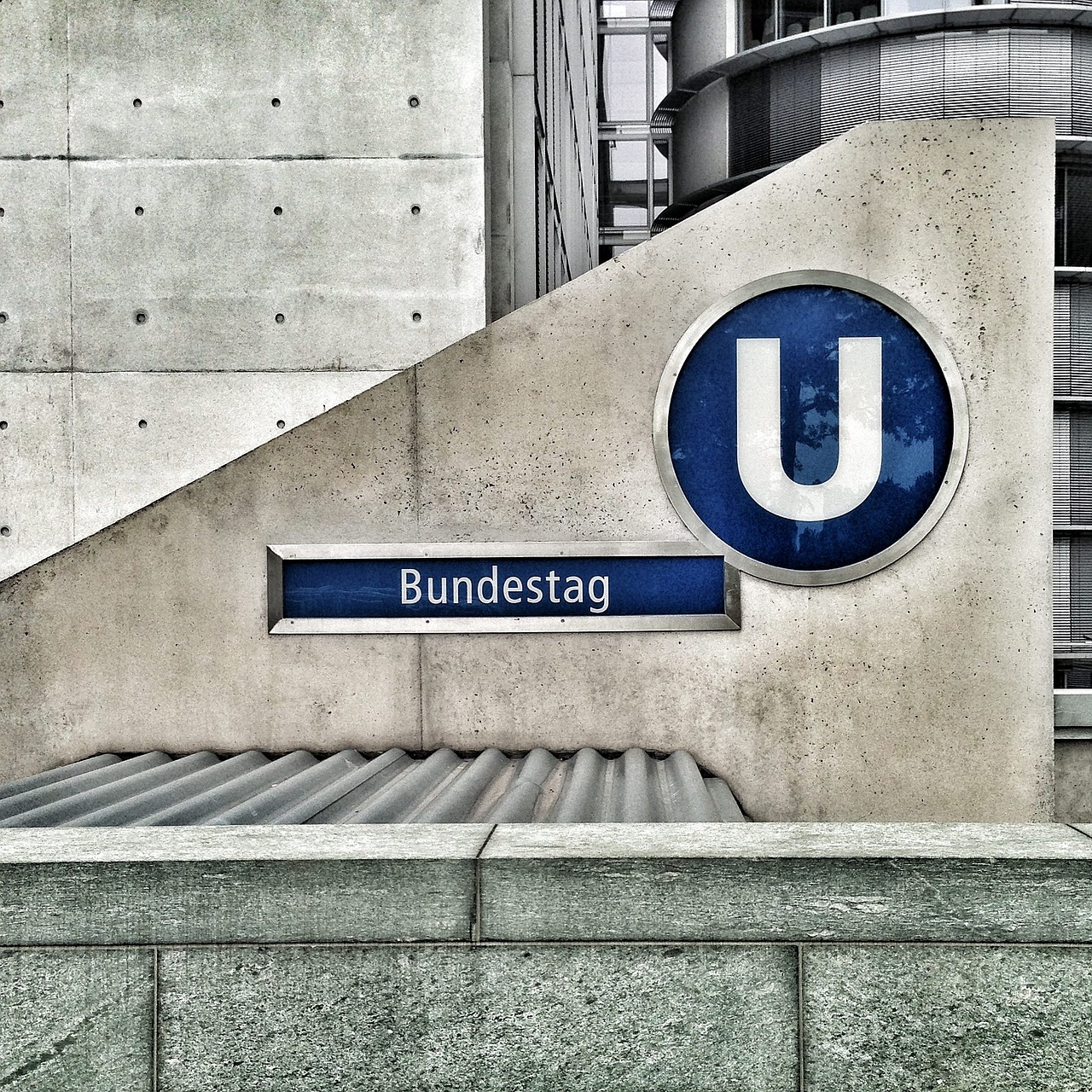
Peaceful Protests and Dissent
During the oppressive reign of the Berlin Wall, a glimmer of hope emerged through peaceful protests and acts of dissent by the courageous citizens of East Germany. These acts of defiance were not just mere demonstrations but powerful statements of resilience and determination in the face of adversity.
One of the most notable forms of peaceful protest was the series of Monday Demonstrations that swept across East Germany. These gatherings, initially starting in Leipzig, grew in size and momentum, becoming a symbol of unity and defiance against the authoritarian regime. The participants, armed not with weapons but with candles and banners, stood together demanding freedom and change.
The peaceful nature of these protests was a stark contrast to the oppressive environment created by the Wall. Citizens, tired of living in fear and isolation, found their voices and stood up for their rights. The power of peaceful resistance proved to be a force to be reckoned with, challenging the status quo and inspiring others to join in the movement for change.
As these protests gained traction, the East German government found it increasingly difficult to suppress the voices of dissent. The walls of oppression began to crack under the weight of the people's united stance for freedom. The peaceful protests not only challenged the authority but also united people from both sides of the Wall, emphasizing their shared desire for a better future.
Through acts of dissent and peaceful protests, the citizens of East Germany showed the world the power of unity and determination in the face of adversity. These demonstrations were not just about tearing down physical barriers but breaking down mental barriers and paving the way for a new era of freedom and unity.
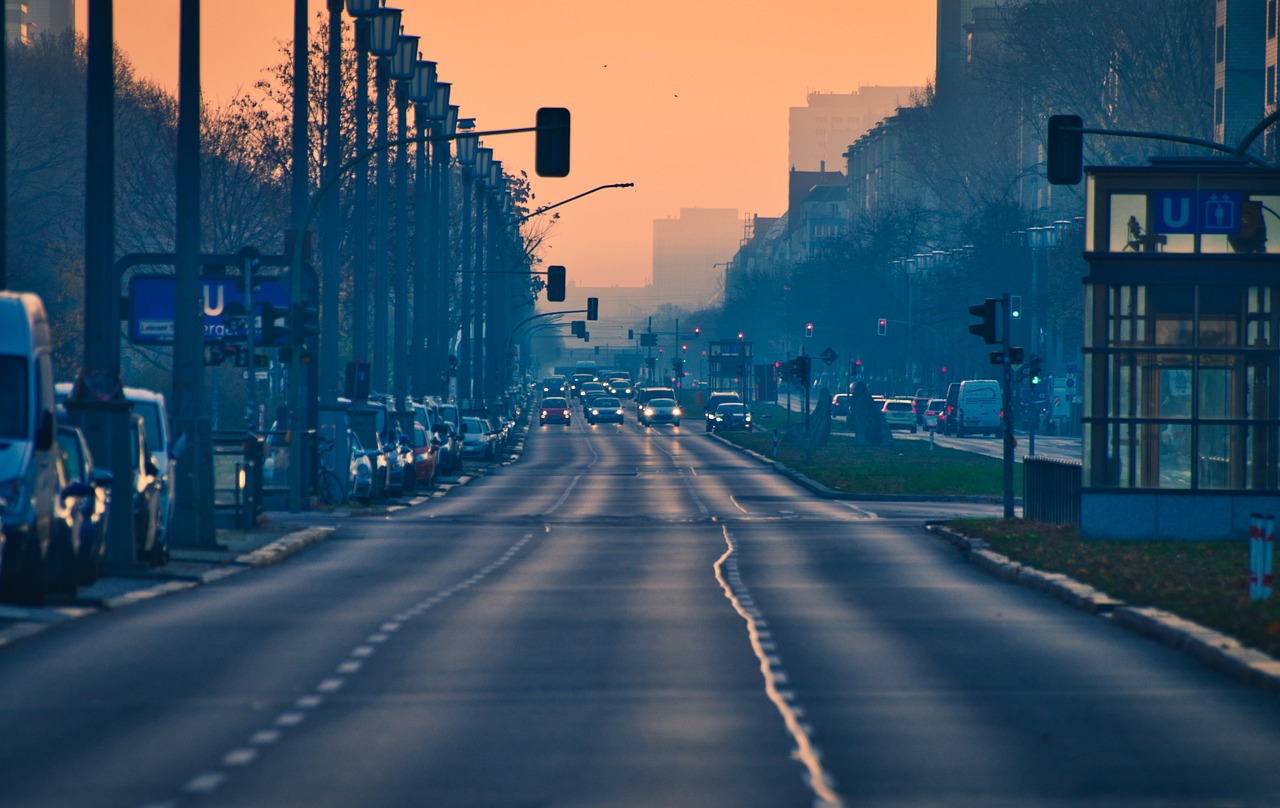
The Fall of the Berlin Wall
As we delve into the monumental event that changed the course of history, the fall of the Berlin Wall stands out as a symbol of unity and freedom. On November 9, 1989, a momentous announcement by the East German government sparked a chain reaction that would reverberate across the globe. The barriers that had divided a city and a nation for nearly three decades were about to crumble, paving the way for a new era.
The fall of the Berlin Wall was not just a physical dismantling of concrete and barbed wire but a symbolic collapse of ideological divides. It represented the triumph of hope over fear, of unity over division. As jubilant crowds gathered at the border crossings, armed with nothing but their courage and determination, the world watched in awe as a new chapter unfolded before their eyes.
Amidst the chaos and euphoria of that historic night, families torn apart for years were reunited, and long-lost friends embraced across the once-impenetrable barrier. The images of people dancing on top of the Wall, chipping away at its remnants, will forever be etched in our collective memory as a testament to the power of human spirit and resilience.
However, the aftermath of the Wall's fall was not without its challenges. The process of reunification between East and West Germany was a complex and arduous journey, marked by economic disparities and social upheavals. The scars of division ran deep, and healing the wounds of the past required time, patience, and understanding.
Yet, despite the hurdles, the fall of the Berlin Wall left an indelible mark on the world. It served as a stark reminder of the consequences of isolation and oppression, igniting a wave of democratic movements across Eastern Europe. The domino effect triggered by the Wall's collapse ultimately led to the end of the Cold War and the reshaping of the geopolitical landscape.
Today, as we reflect on the legacy of the Berlin Wall, we are reminded of the enduring values of freedom, unity, and resilience. It serves as a beacon of hope in times of uncertainty, a testament to the power of ordinary people to effect extraordinary change. The lessons learned from the fall of the Wall continue to resonate, inspiring us to strive for a world where walls are torn down, not built up.
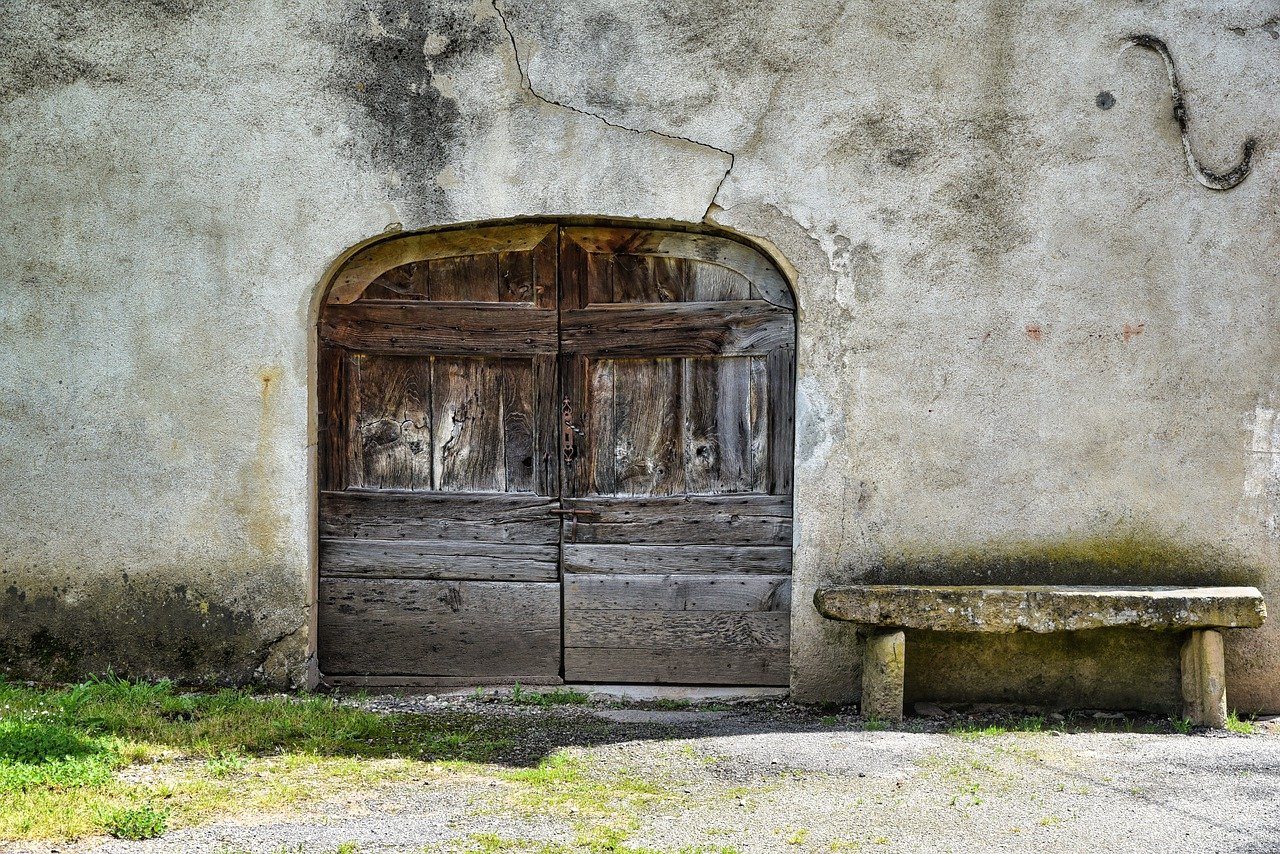
Reunification of Germany
After the fall of the Berlin Wall in 1989, the reunification of Germany became a monumental task that required overcoming significant economic, social, and political challenges. The process of reunification involved merging the two vastly different systems of East and West Germany into a single cohesive nation. This meant integrating the economies, legal systems, and infrastructure of the two regions, which had been divided for almost four decades.
One of the immediate challenges faced during the reunification was the stark economic disparities between East and West Germany. The East German economy was significantly weaker and less developed compared to its western counterpart. Uniting the two economies required massive investments in infrastructure, industry, and social services in the eastern part of the country to bring it up to par with the west. This process of economic restructuring and modernization was essential for the long-term success of reunification.
Socially, the reunification of Germany also brought about profound changes. People from both sides of the Wall had lived in vastly different societies with distinct ideologies and ways of life. The reunification process involved fostering a sense of national unity and overcoming the deep-seated divisions that had been reinforced by decades of separation. Families that had been torn apart by the Wall were finally able to reunite, but adjusting to the new reality of a unified Germany was not without its challenges.
Politically, the reunification of Germany had significant implications both domestically and internationally. The merger of East and West Germany into a single nation required complex negotiations and compromises to ensure a smooth transition. The international community closely watched the reunification process, wary of the potential implications for the balance of power in Europe. However, the successful reunification of Germany served as a symbol of hope and reconciliation, demonstrating that even seemingly insurmountable divisions could be overcome through dialogue and cooperation.

Legacy of the Berlin Wall
Exploring the historical significance and impact of the fall of the Berlin Wall in 1989, marking the end of the Cold War era and the reunification of East and West Germany.
Understanding the reasons behind the construction of the Berlin Wall in 1961 by the East German government to prevent mass emigration to the West.
Detailing the escalation of tensions between East and West during the Cold War period, leading to the division of Berlin and the construction of the Wall.
Exploring the impact of the Berlin Wall on the lives of people in both East and West Berlin, including families separated and restricted movement.
Highlighting the role of peaceful protests and dissent in East Germany, such as the Monday Demonstrations, that eventually led to the fall of the Wall.
Describing the events of November 9, 1989, when the East German government announced the opening of the border crossings, leading to the fall of the Wall.
Discussing the process of reunification following the fall of the Berlin Wall, including the economic and social challenges faced by East Germany.
The legacy of the Berlin Wall transcends its physical presence. It serves as a powerful reminder of the consequences of division and the resilience of the human spirit. The fall of the Wall symbolizes the triumph of freedom over oppression, unity over separation, and hope over despair. It stands as a testament to the power of people coming together to break down barriers, both physical and ideological.
Analyzing the global implications of the fall of the Berlin Wall, such as the end of the Cold War, the collapse of the Soviet Union, and the reshaping of Europe.
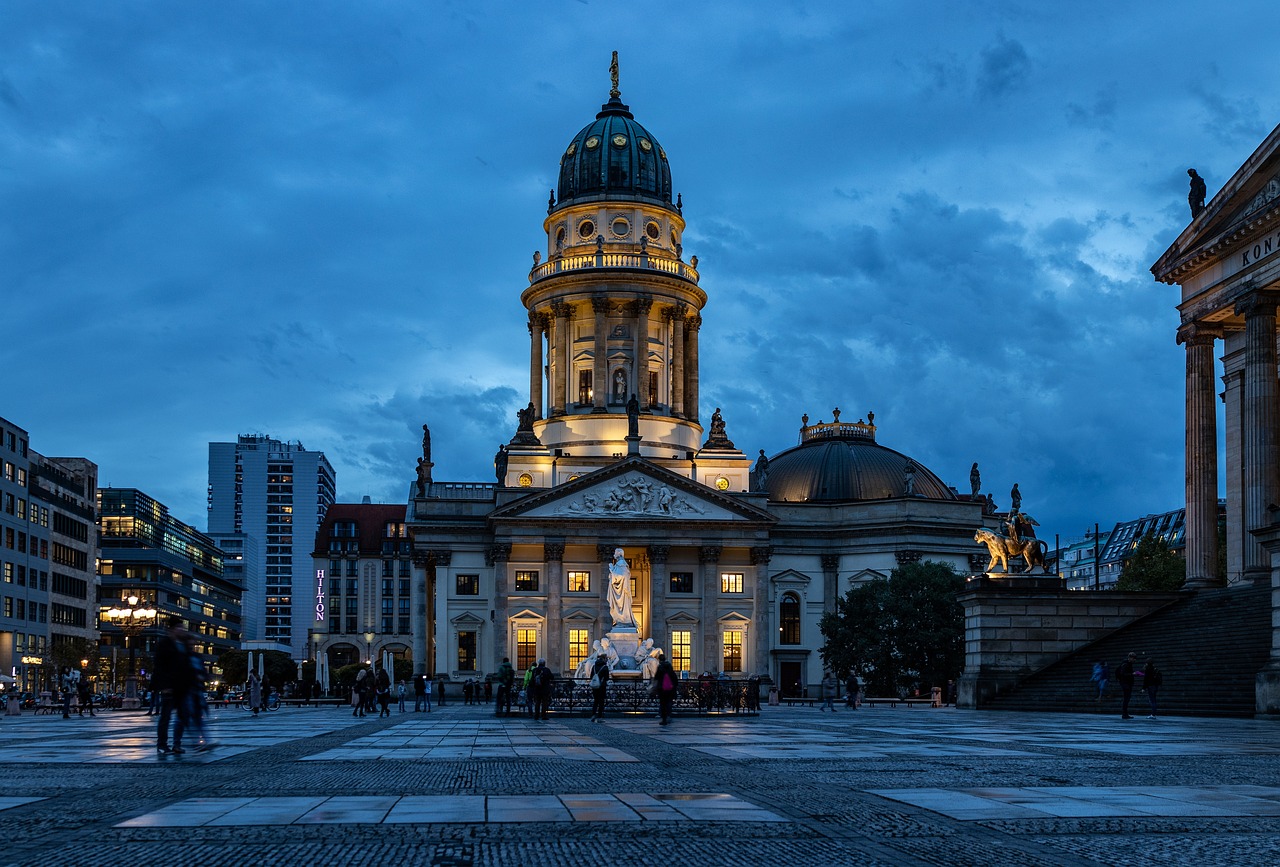
Global Implications
When the Berlin Wall fell in 1989, it wasn't just a local event; its impact reverberated globally, reshaping the geopolitical landscape in profound ways. The global implications of this historic moment were far-reaching, with ripple effects felt across continents.
One of the most significant consequences of the Berlin Wall's collapse was the end of the Cold War. The symbolic dismantling of this barrier marked a symbolic end to the decades-long ideological struggle between the United States and the Soviet Union. The fall of the Wall signaled a shift in power dynamics, leading to the eventual dissolution of the Soviet Union and the emergence of a new world order.
Furthermore, the reunification of East and West Germany following the fall of the Berlin Wall had broader implications for Europe as a whole. The reunified Germany became a central player in shaping the future of the European Union and fostering greater integration among European nations.
The fall of the Berlin Wall also inspired movements for freedom and democracy in other parts of the world. People living under oppressive regimes looked to the events in Berlin as a beacon of hope, fueling calls for political reform and the dismantling of authoritarian structures.
Moreover, the collapse of the Berlin Wall led to a wave of democratization in Eastern Europe, as countries that were once under Soviet influence embraced democratic principles and sought closer ties with the West. The end of the Cold War era paved the way for a new era of cooperation and partnership between former adversaries.
In conclusion, the fall of the Berlin Wall had profound global implications that extended far beyond the borders of Germany. It marked the end of an era defined by division and conflict, ushering in a new chapter of cooperation, democracy, and unity on the world stage.
Frequently Asked Questions
- What was the significance of the fall of the Berlin Wall?
The fall of the Berlin Wall in 1989 marked the symbolic end of the Cold War era and the reunification of East and West Germany. It signified a shift in global politics, leading to the collapse of the Soviet Union and the reshaping of Europe.
- Why was the Berlin Wall built?
The Berlin Wall was constructed in 1961 by the East German government to prevent mass emigration to the West. It was a physical barrier that divided East and West Berlin, symbolizing the ideological divide between communism and capitalism during the Cold War.
- How did the fall of the Berlin Wall impact Germany?
The fall of the Berlin Wall led to the reunification of East and West Germany, bringing about economic and social challenges for the country. It also sparked a sense of unity and freedom among the German people, shaping the country's future trajectory.
- What role did peaceful protests play in the fall of the Berlin Wall?
Peaceful protests and dissent in East Germany, such as the Monday Demonstrations, played a crucial role in building momentum for change and eventually leading to the fall of the Wall. These movements highlighted the desire for freedom and democracy among the people.
- What are the lasting legacies of the Berlin Wall's fall?
The fall of the Berlin Wall left a lasting impact on Germany and the world, serving as a powerful symbol of freedom, unity, and the importance of overcoming division. It continues to serve as a reminder of the lessons learned from history and the resilience of the human spirit.

